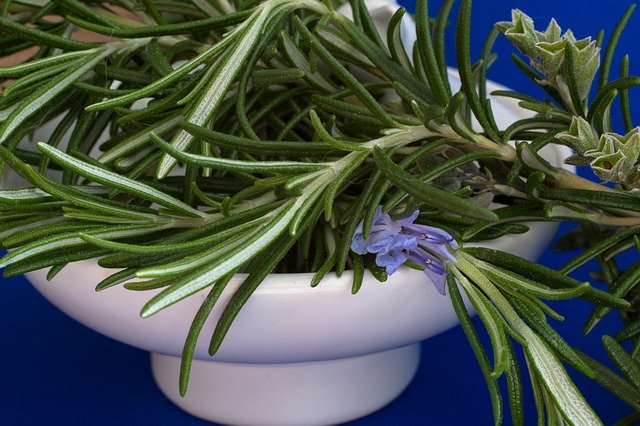
The mother tincture of rosemary is an excellent antiseptic and natural aphrodisiac, also useful against depression and stress. Let’s find out better.
Properties of rosemary mother tincture
Rosemary is a plant with aphrodisiac action, also useful as a remedy for colds, coughs and depression.
It is a plant rich in essential oils (alpha pinene, camphene, conforene, limonene) flavonoids, phenolic acids, tannins, resins, camphor and also contains rosmarinic acid with antioxidant properties. In fact, many studies have shown that the active ingredients of rosemary have the ability to inhibit the superoxide anion, a very toxic and reactive free radical responsible for cell oxidation. Finally it also contains vitamin C and iron.
Used as mother tincture, it makes the beneficial properties of the plant its own, that is, it is a good antiseptic and analgesic, expectorant and disinfectant, antioxidant, purifier of the liver (hepatoprotector and antihepatotoxic) and tonic of the digestive system, energizing, stimulating, acts against fatigue and depression, and aphrodisiac.
Furthermore, rosemary has astringent properties due to tannin, which is why it is indicated in case of diarrhea, bleeding and when the menstrual flow is too abundant. The mother tincture has a bitter-aromatic taste.
Description of the plant
Rosemary is a plant known in botany as Rosmarinus officinalis, of which there are numerous varieties that differ in the greater or lesser presence of essential oil, in the color of the flowers, the shape and color of the leaves and the posture. Albus, Arp, Aureus, Benenden Blue, Blue Boy, just to name a few.
It is a perennial shrub plant that reaches heights of 50-300 cm, with deep, fibrous and resistant roots. It has woody stems of light brown color, ascending or erect prostrates, very branched.
The persistent and leathery leaves are 2-3 cm long and 1-3 mm broad, sessile, opposite, linear-lanceolate, densely packed on the twigs; glossy dark green on the upper page and whitish on the lower one due to the presence of white hair, rich in oil glands. The hermaphrodite flowers are sessile and small, gathered in short clusters at the axil of overlapping floriferous leaves.
Each flower has a campanulate chalice; the corolla is lilac-indigo, blue-violet or, more rarely, white or pale blue. The fruits are tetrachene, with free, oblong and smooth achenes, brownish in color.
How to prepare the mother tincture of rosemary
The mother tincture of rosemary is a hydroalcoholic preparation obtained by cold maceration in hydroalcoholic solvent, obtained from the leaves.
Usage
The use of rosemary mother tincture therefore represents a stimulant and a mild analgesic, it helps in case of tiredness, stress, depression, poor circulation and digestive problems related to a malfunction of the liver.
It is therefore used as an antiseptic, against respiratory problems, such as asthma or bronchitis, cardiovascular problems; it is diuretic, carminative, digestive and stimulating. Generally we recommend 30 drops diluted in a little water or other beverage 2 to 3 times a day, after consulting a doctor or specialist.
The mother tincture of rosemary is contraindicated in pregnancy as it has a strong prokinetic activity, promotes contractions and, at high doses, can also be abortive. Renal and gastrointestinal disorders may also occur at high dosages.






